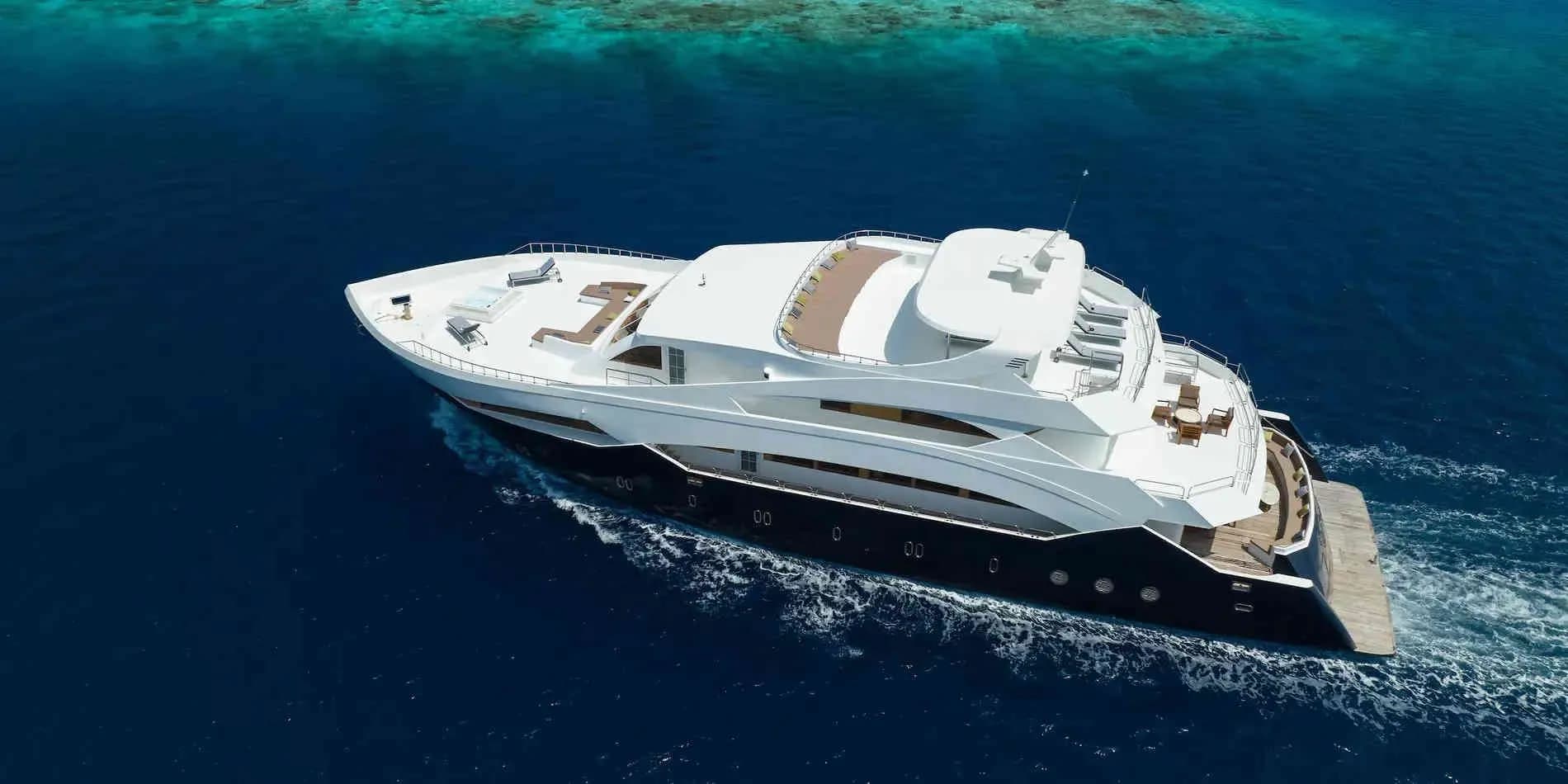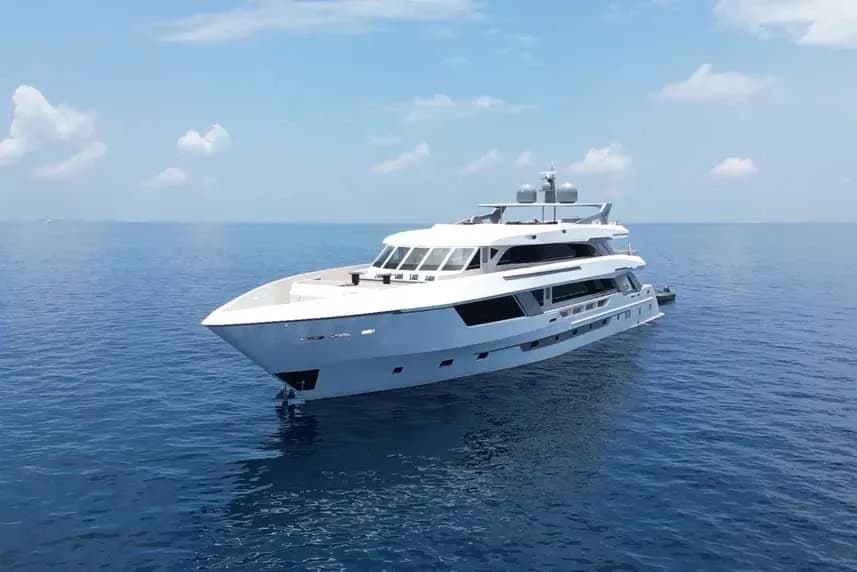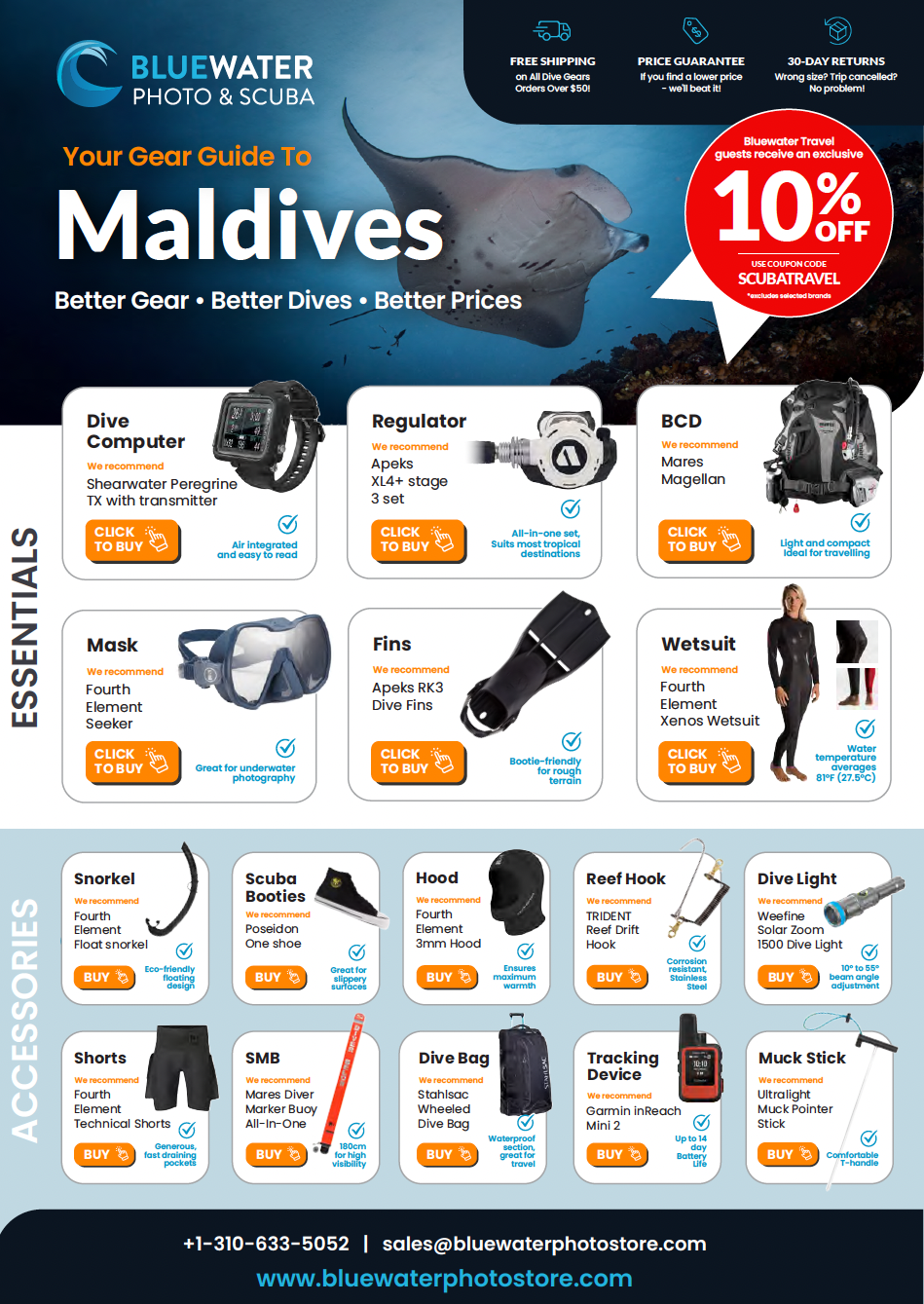Diving Information
Maldives Marine Life & Photography Subjects
The Maldives diving offers blue water early in the year - perfect for wide-angle photography. While is there is some macro life here, the Maldives is mainly a "wide-angle" destination to see coral, whale sharks, mantas, eagle rays, and schools of fish. There has been some coral bleaching in the shallow reefs.
While the reefs and channels provide a great diversity of marine life, Hanifaru Bay, which allows snorkeling only, is the go-to place for mantas and whale sharks. It's possible to see dozens of mantas, although numbers fluctuate depending on currents, water temperature, and the presence of plankton. Youre also likely to encounter whale sharks, opening their huge mouths to feed on plankton. Bring an underwater camera capable of taking videos to properly capture the beauty of the marine life.
Many dive sites in the Maldives have napoleon wrasse, barracuda, reef sharks (including gray reef, whitetip and blacktip), spotted eagle rays, large marbled rays, trevally, and tuna. The current will help bring out more of these larger animals.
Some atolls can also produce hammerhead sharks, although this is only at very specific dive sites.
For sites like Hanifaru Bay, shoot wide angle. Use a fisheye lens like the Tokina 10-17mm, or a rectilinear lens in the 10-20mm range. Take video. Even better, take wide video with a fisheye lens. Leave your macro lenses at home.
If you are at a Manta cleaning station, never chase or charge the manta rays - it won't work. Wait for them to come to you. Don't rise up to their level.
Maldives Dive Environments
When scuba diving in the Maldives, you'll find many different excellent dive sites to choose from, such as:
- Faru: A faru is one of the Maldivian names for a reef. This could be the outer reef of the atolls and the reefs of islands.
- Giri: A giri is a circular reef in which the top reaches the surface, particularly in low tide. Giris can be found inside the atoll and inside large lagoons as well. These places offer a variety of marine life and often is good for novice divers.
- Thila: is also much like a Giri, but its further below the surface - basically a seamount. Here youll find a variety of marine life such as soft coral, gorgonians, and an abundance of fish life including reef sharks. A Thila can be big but most north-worthy thilas are small peaks and can be affected by strong currents at times.
- Wrecks: There are a few interesting wrecks in the Maldives, but theyre typically visited for the fish at the site as opposed to the wreck itself.
- Channel: A channel or pass is where the atoll meets the ocean and is the gateway to the atoll. It is commonly done as a drift dive. The strong currents bring big pelagic fish such as sharks, mantas, and tunas. For most life, it is best to dive at channels when there is incoming current but some spots do offer good dives during outgoing current as well. Underwater photographers will appreciate the geography that some channel reefs have that includes caverns, swim-throughs, undercuts, and overhangs full of colorful sponges and invertebrates.
- Lagoons: While not very exciting from a marine life standpoint, most islands and big reefs has its own sandy bottom lagoon protected from the current which is ideal for beginners learning to scuba.
Typical Maldives Dive
With such a variety of sites, it is difficult to describe a "typical" scuba dive in the Maldives. Drift dives in medium to strong currents often require a negative entry and a quick descent, making them appropriate for intermediate or experienced divers. There are also many dive sites in areas protected from strong currents that are suitable for novice divers. Maldives liveaboards require divers to have more experience, whereas resort or land-based dive operators offer amazing diving for any level and you can even get your diver certification.
Read our Maldives trip recap to learn more about what to expect while diving in the Maldives.
Scuba Diving Conditions
- Water Temperatures: Range from 80-86F (27-30C) year round.
- Visibility: Around 35 feet (10 meters) on the low end, but often exceeds 100 feet (30 meters).
- Depth Range: 14 - 98 feet (5-30 meters).
- Currents: Divers who prefer not to experience strong currents should try to time their trips away from the full and new moons, when the currents will be milder.
Maldives Atolls & Dive Areas
Liveaboards in the Maldives visit several areas and a good cruise director is key for a successful Maldives liveaboard trip. Check with your travel advisor to see which Maldives itinerary is right for you.
Some of the best dive sites are in the Deep South, however, they cover such a large area that not all of them can be visited on a single trip. Ari Atoll and Male Atoll in the central islands are some of the more popular itineraries and the key pelagic spots.
From north to south, here are the main atolls for scuba diving in the Maldives:
- Ihavandhippolhu Atoll: The northernmost atoll of Ihavandhippolhu is typically visited by liveaboards. The diving here comprises wide, shallow channels with mild currents and a vibrant selection of hard and soft corals. The reefs overhangs and walls are covered in table corals, while caves, pinnacles, and swim-throughs hide a good variety of macro. Expect to spot reef sharks, turtles, Napoleon wrasse, and mantas, as well as reef species such as grouper, moray eels, lionfish, and a variety of crustaceans. The waters here are relatively unexplored, with new sites ideal for experienced divers while the better-known shallow areas offer the perfect safe-haven for novices.
- Haa Alif Atoll: Another atoll ideal for beginners, Haa Alif also boasts wide channels and shallow sites facilitating gentle drift dives through reefs and pinnacles of colorful soft and hard corals. The Filadhoo wreck is a great introduction to wreck diving, and at a depth of 46ft is an exciting artificial reef surrounded by snappers, fusiliers, and the occasional eagle ray. There are more advanced sites too, such as the submerged pinnacles of Heaven and Hell that sport fantastic coral formations, and Ihavandhoo Channel with cleaning stations frequented by mantas and turtles.
- Noonu Atoll: Noonu offers a variety of diving suitable for different levels of experience, including some exciting drift dives and unique shark encounters. Christmas Rock, a submerged island with the top at 46ft, is home to whitetip reef sharks and stingrays, while the occasional nurse shark can be spotted snoozing in cracks in the reef. The more advanced Orimas Thila drops to 98ft (30m) and offers divers the chance to witness large groups of grey reef sharks, as well as leopard and guitar sharks, and rays. Other unique sightings include the redtoothed triggerfish and some distinctive nudibranch species.For other great shark diving destinations, check out our article on the Best Shark Diving in the World.
- Raa Atoll: A large number of unspoiled reefs and pinnacles inside Raas lagoon boast an impressive array of tubastrea corals and some fantastic marine life. In the south of the atoll, Fenfushi Thila boasts overhangs and crevices teeming with bannerfish and huge schools of orange basslets. On the western side of the atoll, tuna, grouper, and Napoleon wrasse can be found circling deep drop-offs and overhangs, while eagle rays and turtles frequent the eastern reefs and walls. One of the most popular sites is The Labyrinth, a pinnacle sporting large gorgonians and vibrant soft corals smothering canyons, tunnels, and swim-throughs. The site is characterized by batfish, and grey and white-tipped reef sharks, with moray eels and groupers a common sight.
- This popular atoll is well explored and offers over 50 dive sites suitable for all levels. The sheltered Aquarium site is great for novices and boasts electric schools of blue snappers amongst the abundant corals. Hawksbill turtles and guitar sharks can also be spotted using the coral as a cleaning station. The Shipyard site is home to the wrecks of Skipjack 1 and Skipjack 2, offering fascinating dives down to 92ft (28m). Both wrecks are smothered in a multitude of colorful corals and swarming in butterflyfish, damselfish, glassfish, and small blennies. South of the wrecks, the Madivaru Kandu channel drift dive provides some deeper overhangs to explore, as well as encounters with eagle rays and whitetip reef sharks.
How To Get To The Maldives
Departing from the U.S., there are several airlines that fly one-stop to Malé – Velana International Airport (MLE), the capital city of the Maldives. Most people stay overnight in Malé and board their dive boat the following day. Visitors receive a 30-day on-arrival visa for free.
How To Scuba Dive The Maldives
Scuba diving in the Maldives is excellent from both liveaboards and land-based options. Liveaboards are a popular option and run a variety of itineraries to explore different Atolls. The Maldives also offers a range of land-based diving options, from exclusive high-end resorts on private islands to budget guesthouses on local islands. Almost all local islands have dive centers running day trips out to the best sites in their proximity.
Best Time To Go Scuba Diving In The Maldives
January - April (northeast monsoon) are the ideal months to go scuba diving in the Maldives, with it getting less windy as you approach April. Visibility is very good, and it is the driest and warmest period. You may experience sudden rain showers, but they don't last long.
May - July is considered the rainy season and can bring unstable weather, especially June / July.
August - November is the time to go for the best chance to see the "big animals". December can bring a fair amount of wind and rain. "Feeding season" at Hanifaru Bay (and everywhere else) for the whale sharks and manta rays is considered to be from May to November, peaking from late July to early October.
Topside & Non-Diving Activities
Its no secret that divers and honeymooners make up the majority of visitors to the Maldives - though those two groups are not mutually exclusive. If youre land-based and need a break from the water, considering taking an excursion to a nearby uninhabited island or board a fishing boat and try your luck at catching your dinner.
Practical Information
- Currency: Maldivian Rufiyaa (MVR)
- Language: The country's primary language is Dhivehi. Main foreign languages are Arabic & English
- Main Airport Code: MLE
- Time Zone: UTC+5
- Electricity: 230 V 50 Hz
Recommended Scuba Gear
Download our full scuba gear guide to Maldives, Bluewater Travel guests receive 10% OFF! Click the image below to download (PDF).



